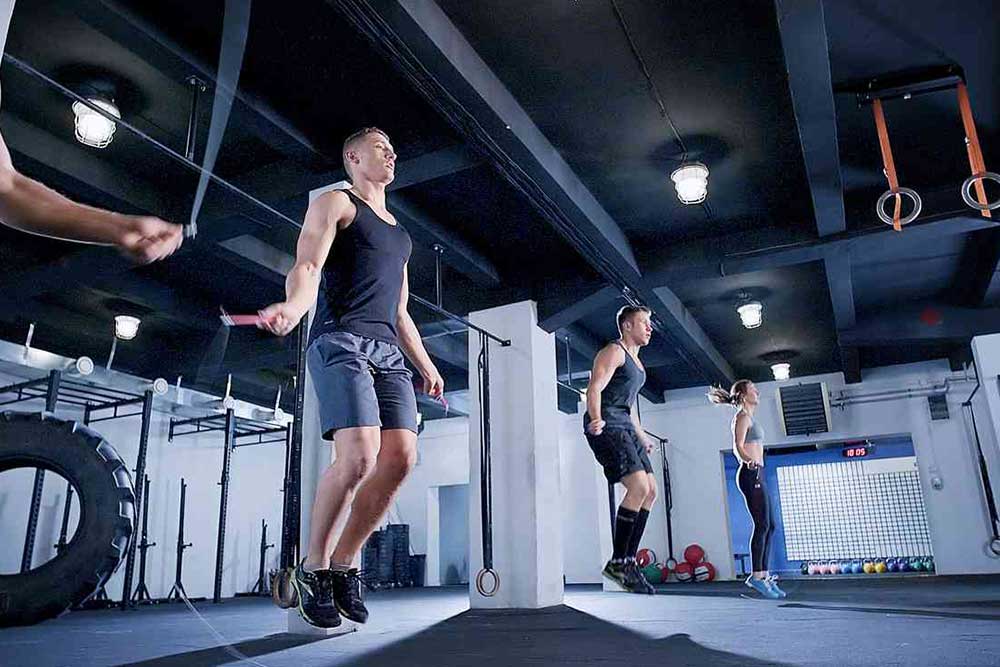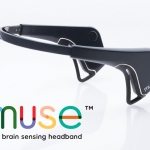Active vs Passive Rest For HIIT Recovery

Dayton Kelly
The following was adapted from a combination of speeches given at the European Sports Science Conference 2017, most notably Wiewelhove, T. et al. [Germany].
Researchers have been in conflict about how best to recover between and after sets of High Intensity Training (HIIT). As you know, HIIT involves a series of ultra high intensity sets, but what you probably didn’t know is that it matters how you rest in between them. It thus raises the question: are you getting the most out of your HIIT?
There are different types of rest?
Two particular types of rest are pertinent to the discussion of HIIT:
-
Passive recovery
-
Active recovery
Passive recovery is probably the type of recovery you envision when someone says rest; it is the simple cease of all activity. Activity recovery is the performance of low intensity exercise following the completion of the exercise task. This type of recovery is commonly equated to your cool down, and is the type of post workout recovery athletes are engaging in when they hop on a cycle ergometer after a big match.
 Recover faster from high-intensity workouts with the Recoup Fitness Roller.
Recover faster from high-intensity workouts with the Recoup Fitness Roller.
These two types of recovery differ in that active recovery allows for far greater reduction of lactate far more quickly then passive recovery. This reduces soreness immediately after and in the days following exercise. It also has the effect of allowing you to work harder on subsequent sets in a workout by preventing you from starting your next set with a body full of lactate.
Related Article: 90 Seconds A Day Of HIIT Might Be All You Need
Why does it matter?
 So active recovery is better because it allows you to greater work capacity on subsequent sets and thus improves workout quality?
So active recovery is better because it allows you to greater work capacity on subsequent sets and thus improves workout quality?
That’s what we thought, but it turns out the research indicates otherwise. A study that specifically manipulated active versus passive recovery between HIIT sets found greater physiological adaption when passive recovery was implemented. In light of this surprising result, the authors explained that this finding was likely a function of lactates role in bio-signaling. It is known that lactate plays a key role in intracellular signaling for adaptation. With the removal of lactate during active recovery, the authors propose that this stimulus is removed.
Following up this study, another group of researchers sought to measure differences in adaption between passive and active recovery open completion of a HIIT workout as opposed to between sets. Conversely to the previous study, the researchers found no difference in adaptation between groups.
Enhance the intensity of your workout with HyperWear gear and save space with their SandBell weight sets.
So where does this leave us?
The lead author of our second study believes that athletes should follow resting protocol in line with the outcome of both studies: that is, rest passively between sets and rest either passively or actively following the workout. He believes that the build up of lactate over the course of the workout that occurs with passive rest is sufficient stimulus for adaptation.
Following completion of the workout, it may no longer matter which type of recovery is performed (however the mechanism would suggest passive should be better unless you need to recover for another performance). Thus, athletes may recover following a workout in line with their preference. While we must work with the knowledge we currently have, the author does stress that further research in the relationship between recovery and adaptation is required.
 Meditation can also help relax your mind and keep your stress levels in check. We recommend utilizing the Muse Headband, which is a great meditation aid that helps guide you to a calm mind during recovery.
Meditation can also help relax your mind and keep your stress levels in check. We recommend utilizing the Muse Headband, which is a great meditation aid that helps guide you to a calm mind during recovery.
Related Article: Block Training: Change Your Schedule & Get More Out Of HIIT Workouts
Application:
Try switching up your HIIT routines to include passive rest between sets and either active or passive rest following completion of your workout. The research suggests your efforts will pay off in a stronger, faster, body.
(adsbygoogle = window.adsbygoogle || []).push({});
You Might Like:
Are Plant-Based Protein Drinks Effective for Exercise Recovery?
Dayton Kelly This article was adapted from a combination of speeches given at the European Sports Science Conference 2018, most notably Meghan Brown (UNIVERSITY OF GLOUCESTERSHIRE, UNITED KINGDOM). Protein supplementation has been repeatedly demonstrated to...Is Milk the Perfect Recovery Drink?
Dayton Kelly Optimizing recovery allows you to achieve the most adaptation per workout and reduces the required rest necessary before a subsequent workout. As such, millions of research dollars have been invested into discovering and...Cell Phone Activity Trackers
Dayton Kelley As advances in technology continue to rapidly drive the world of exercise forward, we are faced with new and improved ways to monitor and promote our fitness. This capacity to monitor our training...Effects of Dehydration on Athletic Performance
Dayton Kelly This article was adapted from a combination of speeches given at the European Sports Science Conference 2018, most notably Mark Funnell (Loughborough University, UK). Decades of research have been dedicated to determining the...Ice Baths- Help or Hinder?
Dayton Kelly This article was adapted from a combination of speeches given at the European Sports Science Conference 2018, most notably Cas Fuchs (Maastricht University, Netherlands). Immersion in cold water has been long thought to...The Best Workout Combination: Endurance Training and HIIT
Dayton Kelly This article was adapted from a combination of speeches given at the European Sports Science Conference 2018, most notably David Bishop (VICTORIA UNIVERSITY / AUSTRALIA). Long distance, low-intensity endurance training has been preached...(adsbygoogle = window.adsbygoogle || []).push({});
















